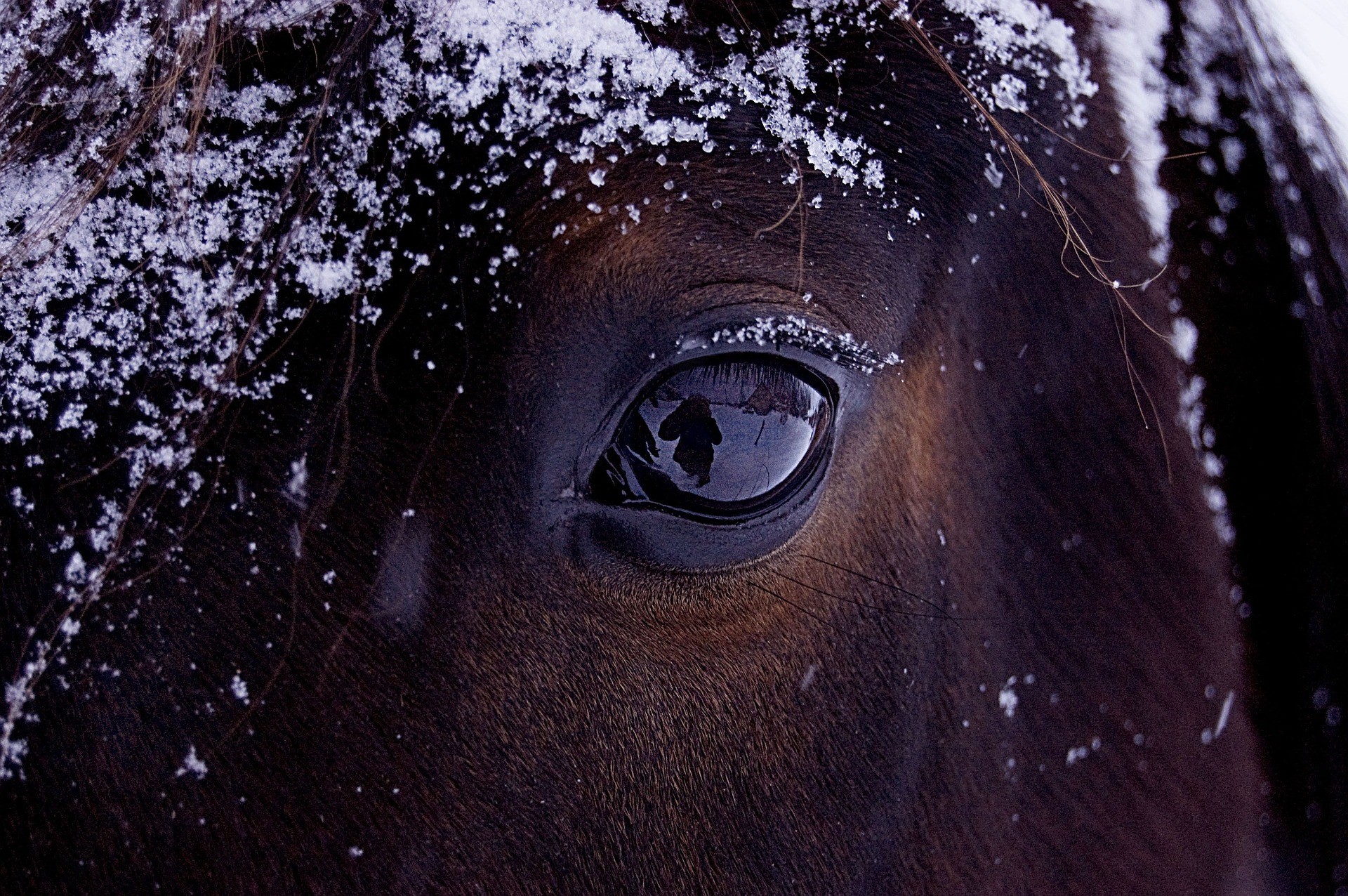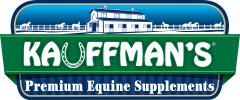Horse Conjunctivitis treatment

How to Treat Horse Eyeball Conjunctivitis
Eyeball conjunctivitis, or pink eye, is a common infection among horses. Left unchecked, pink eye can become more serious. In some cases, conjunctivitis can eat away at the eye until it collapses. However, the condition can be subdued within a few days if treated promptly.
Here are a few signs your horse may have conjunctivitis:
- Shaking head or rubbing eyes to achieve relief
- Swollen, irritated, squinting or closed eyelids
- Clear, yellow or mucus-laden discharge
- Red eyes
- Adverse reaction to dust or bright light
Common Causes for Horse Conjunctivitis
Your horse could be experiencing eyeball conjunctivitis for several reasons, including:
- Infections in the conjunctiva
- Inflammation of the uvea
- Viral or bacterial infections
- Damage or trauma to the eye
- Abnormally shaped eyelid
- Face flies that transmit bacteria
- Dust
- Dryness
- Heat
- Pollen
- Allergies
- Lack of tear production
How to Treat Pink Eye in Horses With Saline Solution

Treating pink eye in horses is as simple as cleaning the infected area with an over-the-counter saline solution. If you don’t want to go to the local drugstore to get it, make your own solution by combining ¼ teaspoon of salt with one cup of lukewarm water. This simple recipe can easily be scaled to make as much solution as you need.
This treatment isn’t meant to replace the professional care of a veterinarian. You should still call the vet. Protecting the infected area with a fly mask and keeping the horse in a low-lit area will help subdue the symptoms until the vet arrives.
What to Expect From Pink Eye in Horses Treatment
After examining the horse’s eye, the veterinarian will probably give you an antibiotic ointment to apply to the infected area twice daily for 7 to 10 days. The vet may also advise you to continue using the saline solution once or twice daily to keep the eye clean throughout the treatment. He’ll also suggest you continue using a fly mask to protect the horse’s eye from flies, dust and bright light.
How to Help Your Horse Heal
If everything goes as it should, you should see significant improvement within the first few days. But don’t be tempted to stop the treatment. Continue it for the full course prescribed by the vet. Ending the horse conjunctivitis treatment prematurely could cause more damage if the infection begins to flare up again. Also, keep in mind that the horse’s vision may be impaired by the infection. He may be easily spooked, requiring you to deal with the horse more gently than normal.
Preventing Pink Eye in Horses
The best prevention against conjunctivitis is keeping your horse in a clean area with ample ventilation. If there are many other horses in the barn, avoid sharing personal items such as feeding buckets or grooming equipment, especially if they’ve recently been to a social event or show.
Dust should be kept to a minimum and having an insect control plan can help prevent the condition, too. If you see recurring cases of pink eye in your horse, a fly mask can serve as a natural, drug-free way to help solve the problem.
General Equine Health & Nutrition
Ensuring your horse is in the healthiest state possible is important for prolonged life and performance. Kauffman’s provides the best in equine nutrition and we are here to help. Shop our selection of quality supplements and health products or contact us for more information.
